gadgetry
Latest
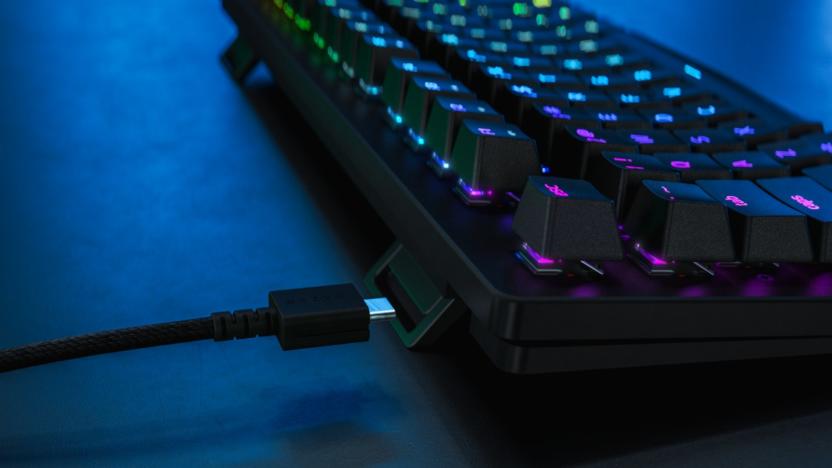
Get a free Razer mouse when you buy a Huntsman TE keyboard at Best Buy
Best Buy has an intriguing deal on a pair of Razer peripherals.
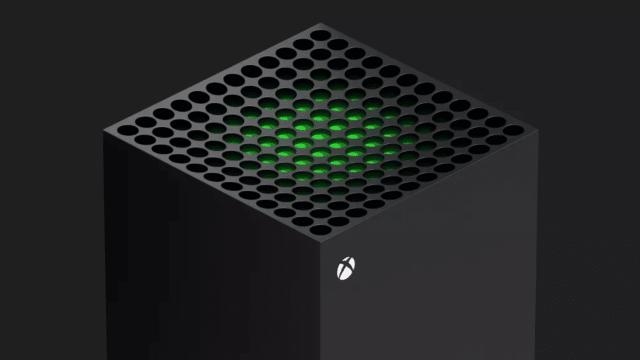
Watch Microsoft's Xbox Series X gameplay stream here at 11AM ET
Microsoft will reveal live gameplay footage from the Xbox Series X during a special episode of Inside Xbox that starts at 11AM ET.
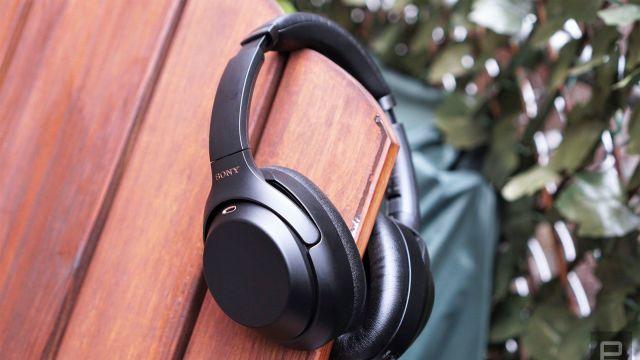
Sony's excellent WH-1000XM3 headphones are only $238 at Newegg
Sony's excellent WH-1000XM3 headphones are once again on sale. This time around, you can get them for $238.
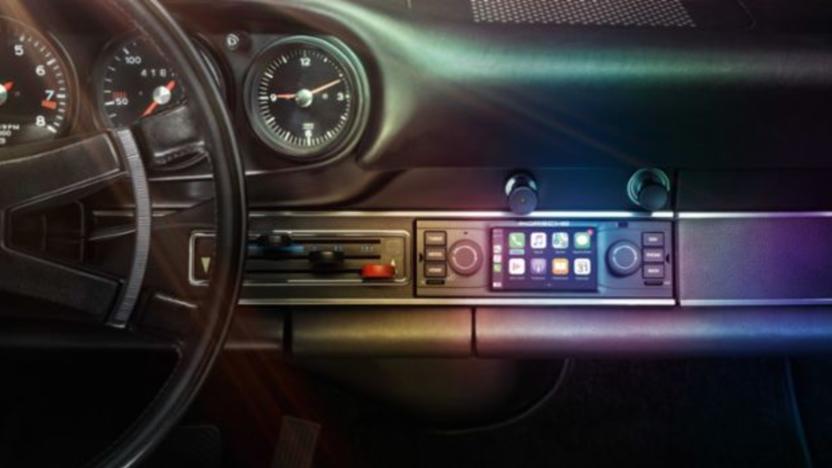
CarPlay in your classic Porsche, just what you needed
If you're lucky enough to own a classic Porsche, the German automaker has something special to let you update it in style.
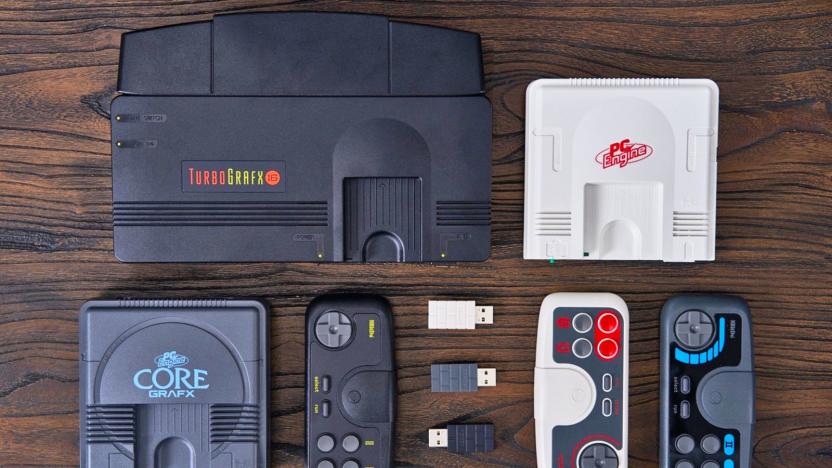
8BitDo is making a wireless controller for the TurboGrafx-16 mini
When Konami's TurboGrafx-16 mini becomes available sometime later this year, you'll be able to buy a wireless controller for the retro console courtesy of 8BitDo.
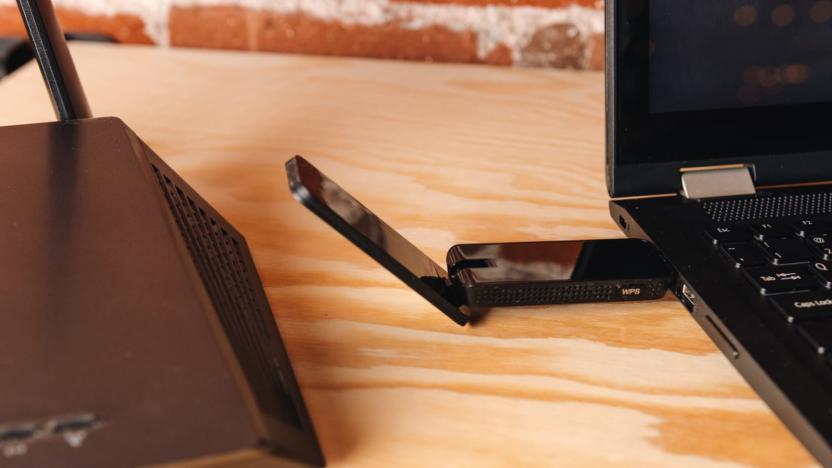
The best USB Wi-Fi adapters
By Joel Santo Domingo This post was done in partnership with Wirecutter. When readers choose to buy Wirecutter's independently chosen editorial picks, Wirecutter and Engadget may earn affiliate commission. Read the full guide to USB Wi-Fi adapters. Plugging in a USB adapter is one of the easiest ways to add 802.11ac Wi-Fi access to a desktop PC, especially if you don't want to (or are unable to) install an internal card yourself. After 50 hours of testing 20 models against a high-end laptop's internal Wi-Fi, we are confident the TP-Link Archer T4U is the best USB Wi-Fi adapter for most people. The TP-Link Archer T4U is inexpensive, had excellent throughput performance all over our test home, didn't drop connections while we were testing, has a two-year warranty, and works with Linux computers, Macs, and Windows PCs. The TP-Link Archer T2U Plus is a little bulkier than the Archer T4U because of its six-inch external antenna and it didn't perform as well at long range, but it's still very good and was the only sub-$25 adapter to complete all of our tests. It has an identical two-year warranty and is just as compatible with Macs and Windows or Linux PCs. The Netgear Nighthawk A7000 is a bulky USB adapter that costs almost three times as much as the budget Archer T2U Plus. However, the trade-off is worth it if your broadband connection is faster than 100 Mbps or so. It posted our top throughput scores all over our test home, significantly outperforming the laptop's internal Wi-Fi adapter.

MIT project turns spray paint into a functional user interface
Scientists from MIT have developed a way to create interactive surfaces using airbrushed inks -- or in other words, graffiti that actually does stuff. The SprayableTech system lets users create room-sized interactive graphics with sensors and displays that can be applied to everything from walls to furniture. Spray-painted art on walls can be used to turn lights on and off, for example, while designs airbrushed onto the arm of a couch can be used to control a TV. After designing the interactive artwork with a 3D editor, the system generates stencils for airbrushing the layout onto a surface. Then a series of inks are applied -- conductive copper ink, paint, dielectric, phosphor, copper bus and a clear conductor -- and then a microcontroller is attached, connecting the interface to a board that runs the code for sensing and output. The system hinges largely on the stencil design phase, to ensure the inks are placed in the right places and can connect to the microcontroller properly, so at this stage there's not much opportunity for spontaneous exploration -- you couldn't just spray a design on the wall and expect it to control your lights, for example. But the team is now working on creating modular stencils, potentially allowing users to try the system at home without needing to use a 3D editor or cut out stencils themselves. And looking ahead, the team has even bigger plans. Michael Wessely, lead author on the paper about SprayableTech, says, "We view this as a tool that will allow humans to interact with and use their environment in newfound ways. In the future, we aim to collaborate with graffiti artists and architects to explore the future potential for large-scale user interfaces in enabling the internet of things for smart cities and interactive homes."

The Morning After: Apple's iPad turns 10
Hey, good morning! You look fabulous. Engadget's review of the first iPad ten years ago lauded its potential, even if the first version of tablet software couldn't do much for one's productivity. Since then, Apple has slowly gotten around to adding multitasking, external storage management and even mouse and keyboard support, all while maintaining a tight grip on the segment. To remember how that happened, check out Chris Velazco's look back at the iPad killers that missed their shot, as well as Engadget readers' impressions of the first-gen model. Separately, Jessica Conditt recalls one use case that developers have mostly given up on: second-screen gaming. -- Richard
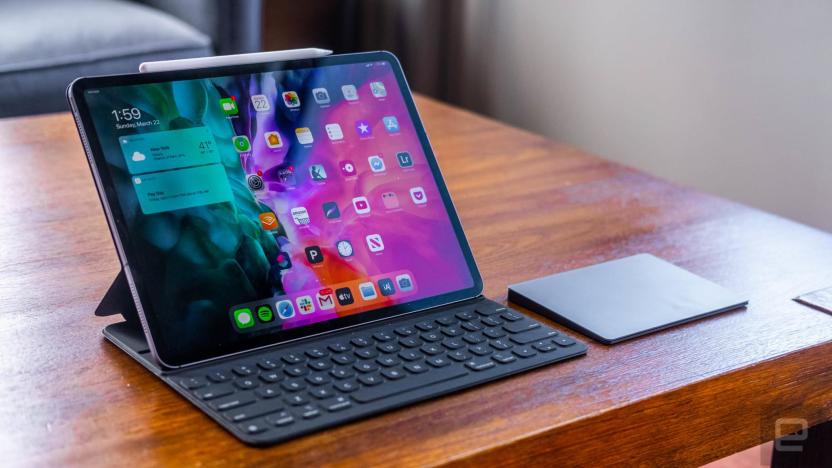
The latest iPad Pro disables mics when its case is closed
These days, any connected device with a microphone could arguably be treated with suspicion, from smart speakers to phones to computers. Apple helped to address privacy concerns in 2018 by adding a feature that disconnects MacBook microphones when the laptops' lids are closed. The documentation of the latest iPad Pro models (as spotted by 9to5Mac) shows that the company's new tablets sport a similar capability. When a user closes the cover of a compatible case, the iPad's security chip will cut the mic, which should help prevent snooping.

How to make your Wi-Fi suck less while working from home
By Joel Santo Domingo This post was done in partnership with Wirecutter. When readers choose to buy Wirecutter's independently chosen editorial picks, Wirecutter and Engadget may earn affiliate commission. Read the full blog how to make your wi-fi suck less while working from home. If your Wi-Fi cuts out when you're streaming a movie, it's a bummer. But if it happens while you're talking to your boss over Skype or giving a presentation via Zoom, it can feel like a calamity. Working from home means you may have to be your own IT department and manage your Internet connection so that you can access company resources, connect with colleagues, and prove you're not slacking off. You can fix some problems without spending a dime, but some issues require buying new hardware.
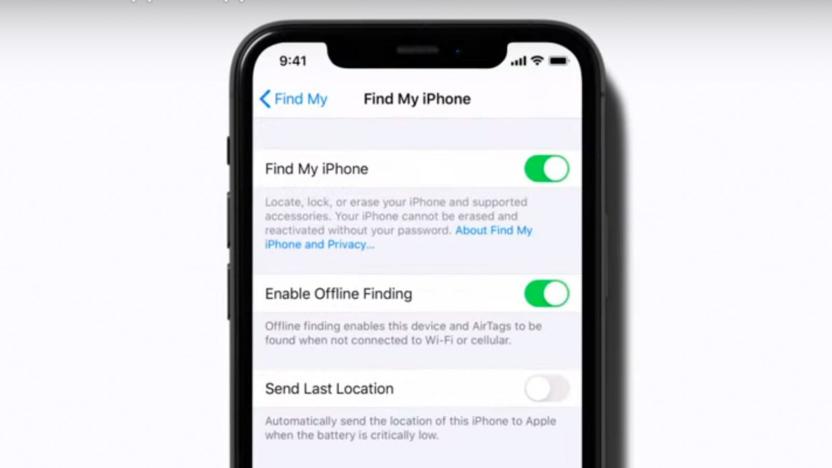
Apple hints at item-tracking AirTags in support video
You don't have to rely on rumors or buried code to know that Apple is working on a tracking tag -- the company has inadvertently spoiled its plans. Appleosophy spotted an Apple support video (unsurprisingly removed) that hints at offline Find My support for currently unannounced "AirTags." The clip didn't provide a peek at the tag or otherwise outline their functionality, although it's clear they'll use Bluetooth to reveal the whereabouts of your lost items. They're believed to use ultra wideband for extra precision.

The Morning After: Intel's 10th gen mobile CPUs cross the 5GHz barrier
Hey, good morning! You look fabulous. The coronavirus has caused an unprecedented shift of people working, learning and socializing from inside their homes, and Zoom has been there to take advantage. The group conferencing app is connecting people from all over the world, but with its increased popularity -- it went from 10 million meetings in December to 200 million last month -- there has come a new level of scrutiny. After some embarrassing security and privacy revelations and the rise of "zoombombing," CEO Eric S. Yuan said the company will dedicate all of its engineering resources to fixing its "biggest trust, safety and privacy issues." Will that be enough to keep its momentum going? Only time will tell, but until then, at least take some basic steps to keep "party crashers" out of your Zoom chats. -- Richard
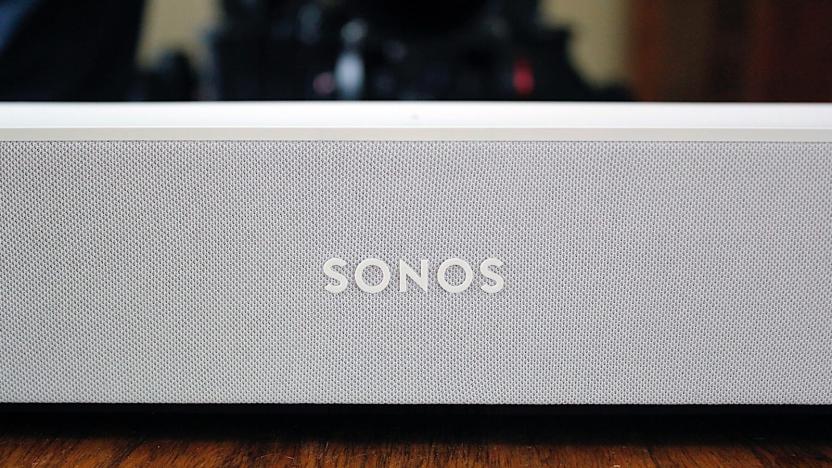
Sonos has a big sale on its Beam, One and One SL speakers
Sonos is currently offering a decent $50 off a number of its speakers, taking them down to some of the lowest prices we've seen since Black Friday. The Sonos Beam, Sonos One and Sonos One SL are all reduced, and with Sonos offering free shipping as standard, now's definitely a good time to buy if you're in the market for some new sound gear. Buy Sonos Beam on Sonos - $350 Buy Sonos One on Sonos - $150 Buy Sonos One SL on Sonos - $130
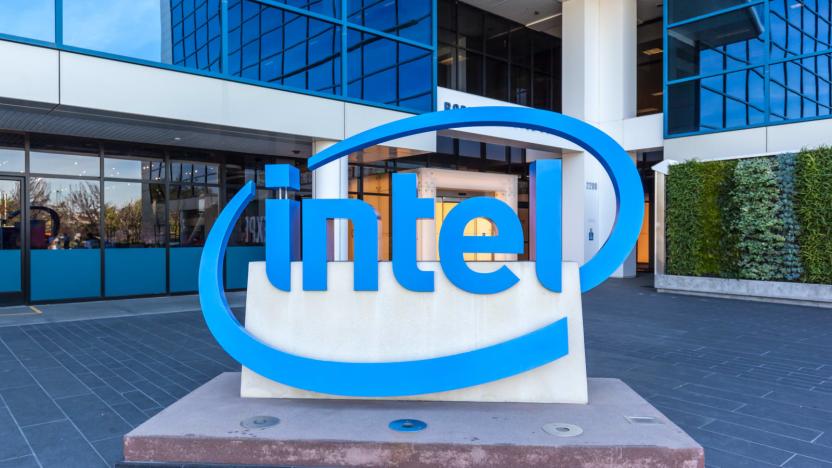
Intel's 10th-gen H-series laptop CPUs reach 5.3GHz
Just like Intel said at CES, it's crossed the 5GHz barrier with its new H-series 10th generation notebook CPUs. And you won't need to shell out for the top-of-the-line Core i9 to do it: The new six and eight-core i7 processors reach up to 5.1Ghz (boost speed) on a single core. But if you want to go all out, the octa-core i9-10980HK hits 5.3GHz -- and it's fully unlocked for overclocking, to boot.

Eyesy is a Raspbery Pi-powered video synthesizer
Critter & Guitari gave its Organelle music computer a major upgrade last year. This year, it's turning its attention its line of video synthesizers. The ETC visualizer is being replaced by Eyesy, a Raspberry Pi-powered computer that turns sounds and music into Atari-esque pixelated animations. Like the ETC before it, the Eyesy runs visualization programs called "Modes" written in Python -- a relatively user-friendly language. Basically it's the visual companion to the Organelle. And you can find a library of official and user-created modes hosted on Patchstorage.com.

Dell XPS 13 review (2020): Tweaked to near perfection
How do you improve on a nearly perfect laptop? We gave the XPS 13 one of our most positive reviews ever last year -- and in 2020, Dell has managed to outdo itself again. The latest XPS 13 model has a larger screen with slimmer bezels, a bigger keyboard and a sleeker design. On their own, those aren't exactly life-changing upgrades. But taken as a whole, they make the XPS 13 even more refined than before. You could say it's more perfect than perfect.

Sony debuts $200 headphones with powerful ANC and long battery life
Over the last few years, Sony has given Bose a run for its money when it comes to noise-cancelling headphones. With the 1000X line, Sony has continued to improve both audio and active noise cancellation (ANC) in successive products. It also offers a taste of those high-end features in more affordable models, like the WH-XB900N I reviewed last year. Still, that Extra Bass option was $250. Now the company is back with another set of noise-cancelling headphones: the WH-CH710N. And this time, thankfully, they're even more affordable at $200.
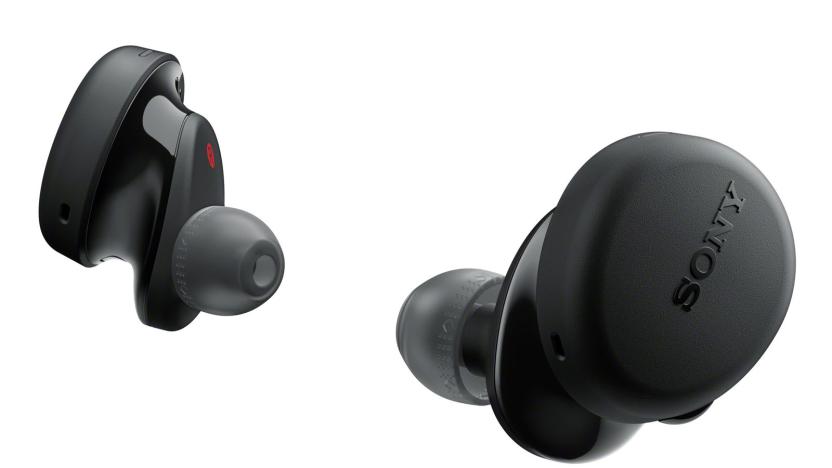
Sony's latest true wireless earbuds have more bass and a lower price
Sony's flagship WF-1000XM3 true wireless earbuds have been our top pick since they arrived last summer. Even before that, the company had a few true wireless models under its belt, and today it's revealing the latest option. The WF-XB700 ($130) is a new entry in Sony's Extra Bass lineup, a range of devices that promise more low-end tone for those who crave it. In general, Extra Bass headphones offer a collection of handy features, but at a price that's more affordable than those powerful and pricey 1000X devices. With the WF-XB700, Sony packed the essentials in uniquely designed earbuds and kept the price well under $150.

Xbox Series X and PS5: The new consoles are all about crazy fast storage
The Xbox One and PS4 were the start of an unusual console generation. Both systems adopted very "PC-like" architecture and instead of a new generation we instead got a refresh where Microsoft and Sony both released faster versions of their existing consoles, the PS4 Pro and Xbox One X. We may still have a few months left to wait, but finally we've gotten details of what the next real generation will bring. Microsoft and Sony have both stuck with the PC-like design of their predecessors, and are again using AMD as their CPU and GPU supplier, but the Xbox Series X and PS5 will be very different from the current generation. The biggest changes come from the storage systems. Considering the Xbox One and PS4 both still use slow mechanical hard drives, we figured a move to smaller, faster, more efficient flash-based SSDs was inevitable, but Microsoft and Sony have gone all out. Both systems feature custom storage interfaces with PCI Express 4.0 SSDs and custom hardware to handle real-time decompression. That means these drives will move serious amounts of data very quickly. The Series X is claiming transfer speeds of around 3-4GB/s, while the PS5 may be capable of data rates as high as 9GB/s. With data rates that high (the current consoles manage maybe 150MB/s in ideal conditions), load times should be cut down to seconds, and in-game load screens may become a thing of the past. Faster data rates could also enable higher resolution textures for more photo-realistic graphics, and enable you to switch between games with the click of a button. Add in a significantly upgraded CPU and a long-awaited AMD ray tracing solution for hyper-realistic lighting, and these consoles represent a huge leap forward. Hopefully, their benefits will also trickle down into the PC space as well, and games on every platform will be able to leverage these new possibilities to be faster and better looking. We don't know exactly when they'll arrive yet, or how much they'll cost, but we'll have more details on the Series X and PS5 as soon as they're announced.

The Morning After: MacBook Air (2020) review
Hey, good morning! You look fabulous. Remember when Steve Jobs pulled the MacBook Air out of a manila envelope? These days a thin-and-light laptop isn't that shocking, but Apple's original version is still one of the best. Dana Wollman's review is in: With the improved keyboard and upgraded base storage, this 13-inch laptop is an even better option than last year when its price started $100 higher. The only drawbacks? Just two USB-C ports and battery life that is good, but not best-in-class. If you want macOS and don't need Pro power or a discrete GPU, it's worth thinking about -- but I'm sticking with my XPS 13 2-in-1. -- Richard







